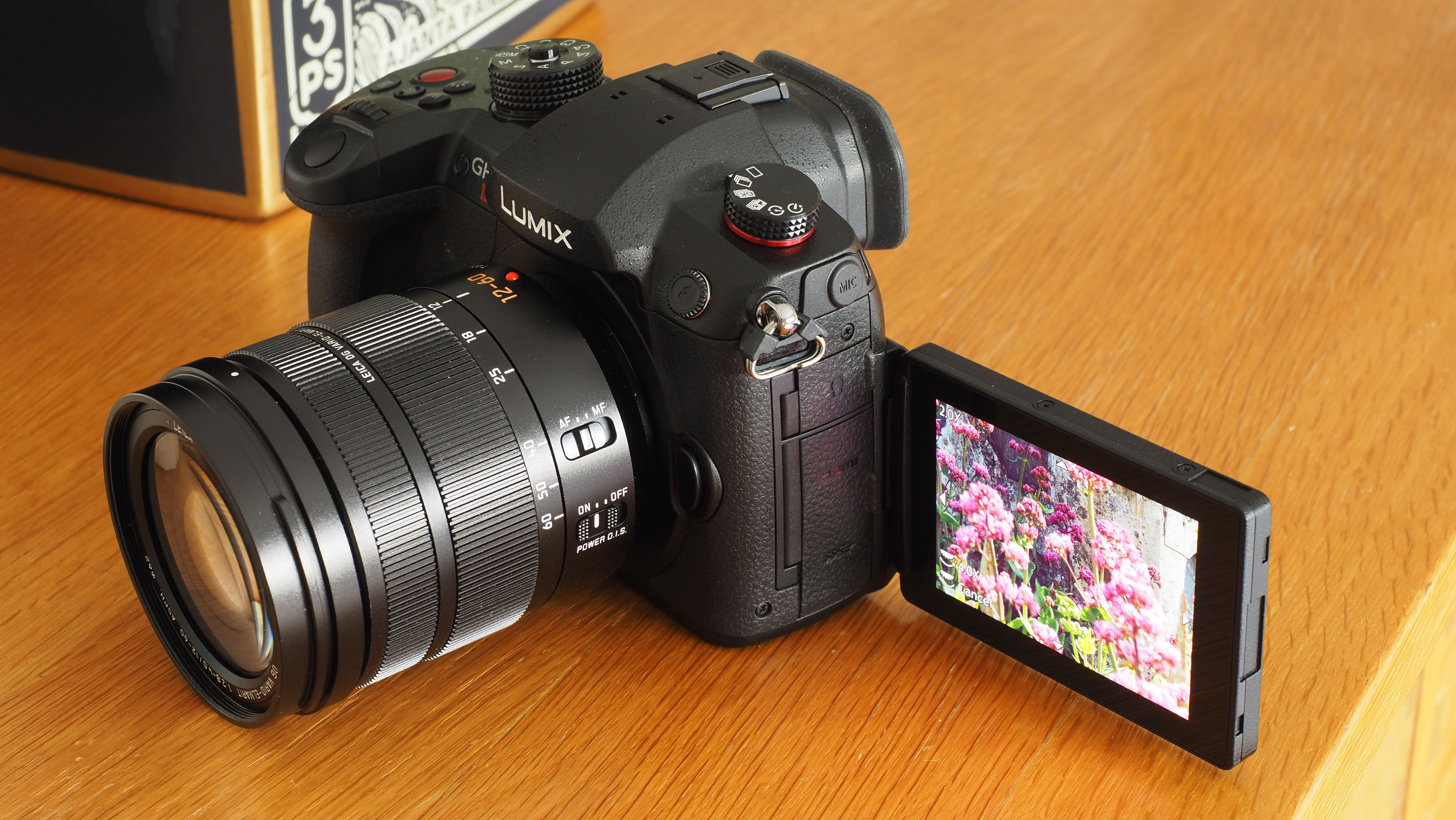The best roller bags for photographers: wheeled bags for easy transport
These cabin-friendly roller bags are ideal for photographers on the move, but which is best for your gear?
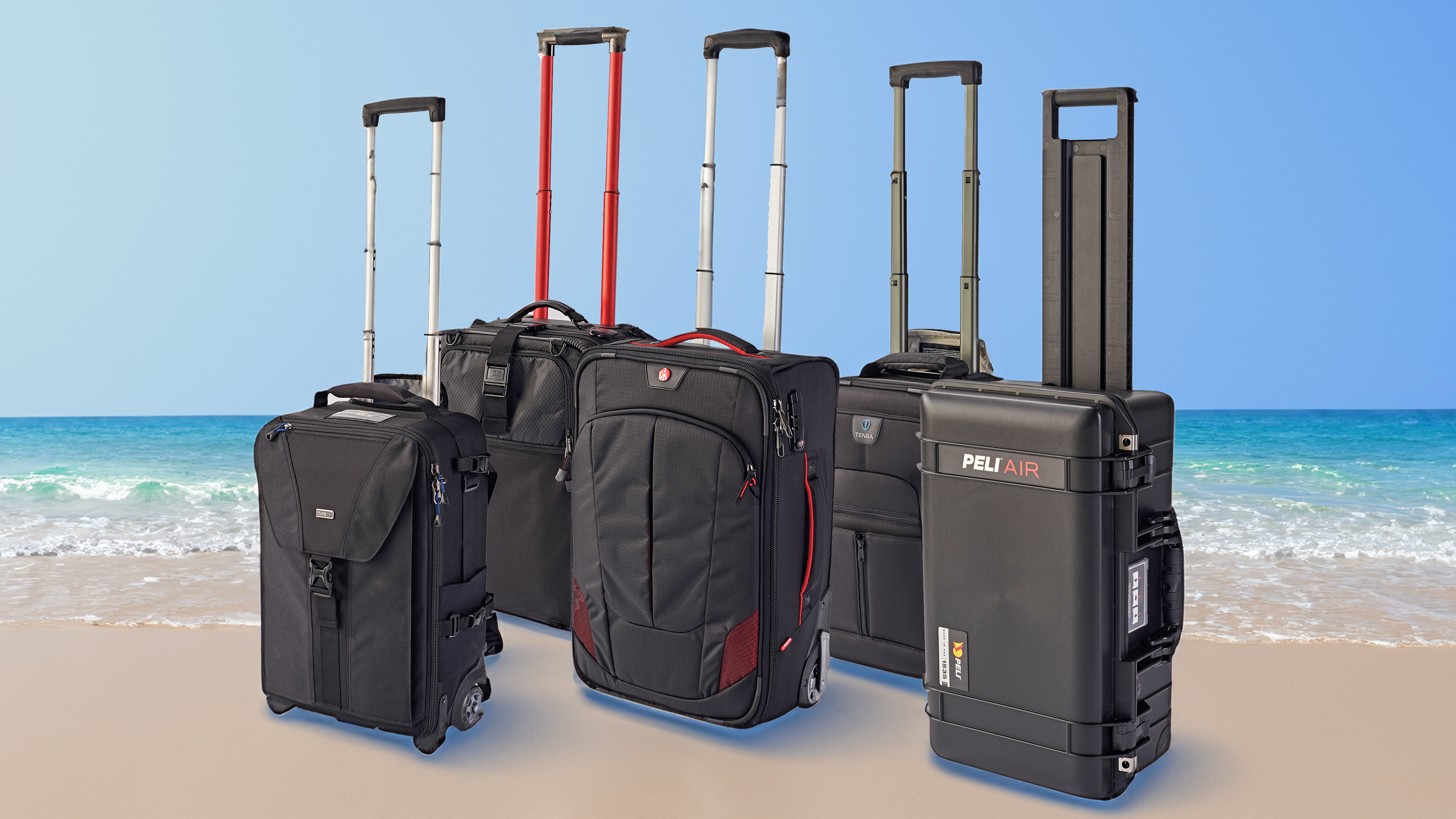
A rolling camera bag is basically a rolling suitcase that contains customizable dividers tailored to support cameras and lenses. Not only are they more comfortable than a backpack to travel with, rolling bags also tend to be tougher.
You can certainly expect a rigid back, base and sides in your roller bag, and most designs also include exterior scuff protection in vulnerable areas. But if that’s just not rugged enough for your needs, cosset your camera and lenses in a rolling plastic hard case and they’ll be near-invincible.
With wheels taking the strain, it’s tempting to buy the biggest bag you can afford. However, size limits vary hugely across carriers, with budget airlines usually having the strictest rules, so make sure you check requirements and any excess charges with your airline before you show up at the airport.
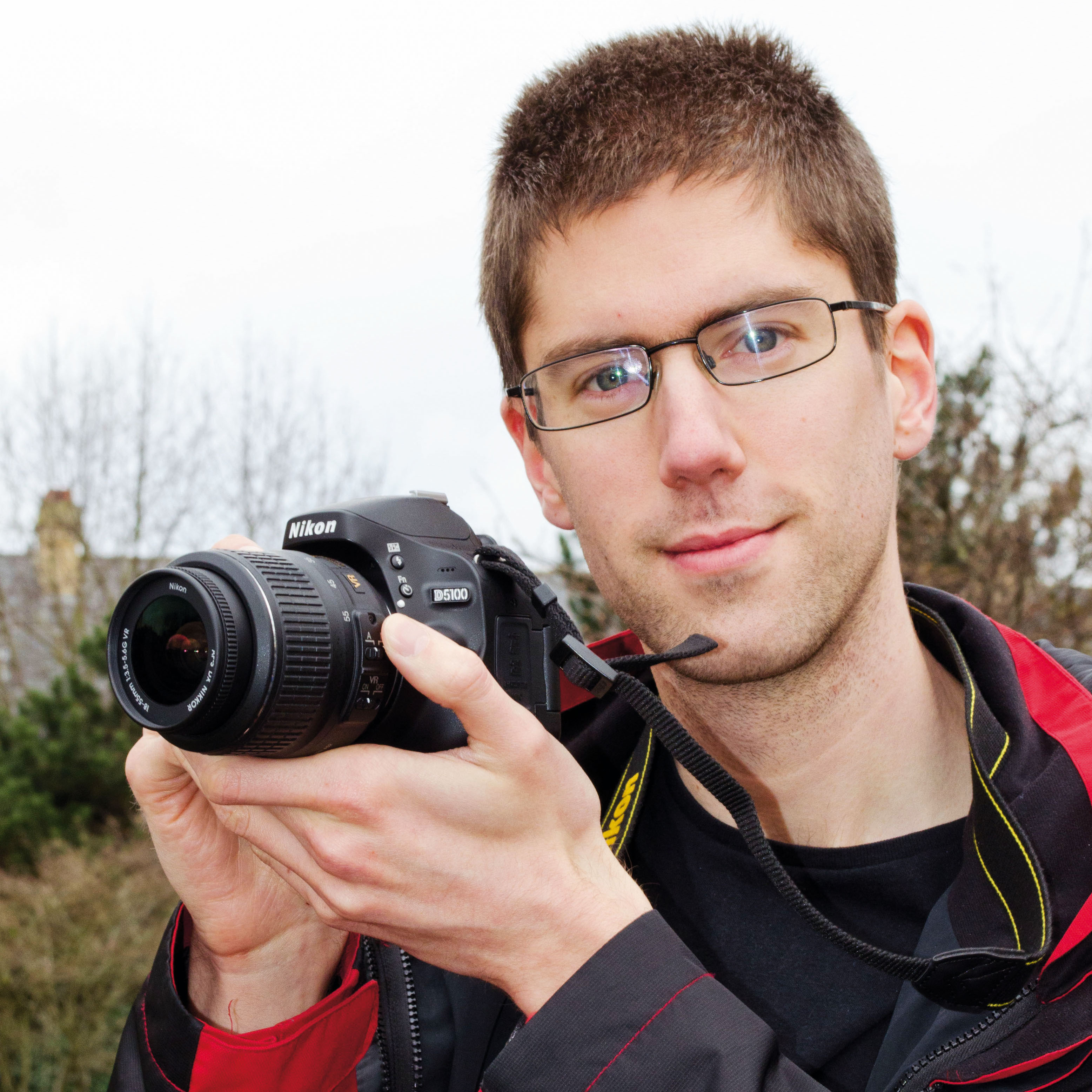
Ben is the Imaging Labs manager, responsible for all the testing on Digital Camera World and across the entire photography portfolio at Future. With years of experience trialing and testing camera bags, he's a human encyclopedia of benchmarks when it comes to recommending the best buys.
The Quick List
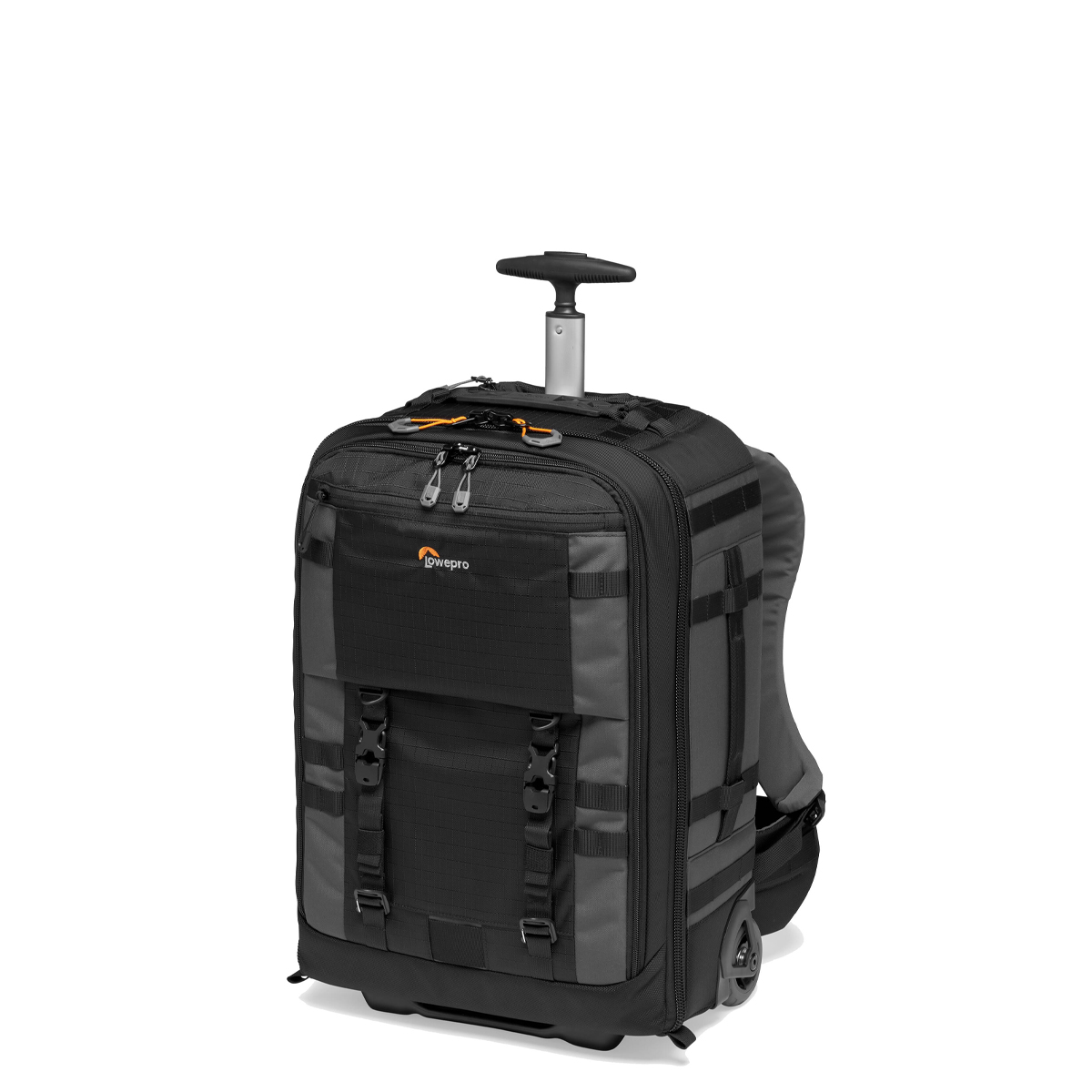
A solid build and generous capacity mean there’s plenty of room for your gear, and you can convert the case to a backpack when you arrive.
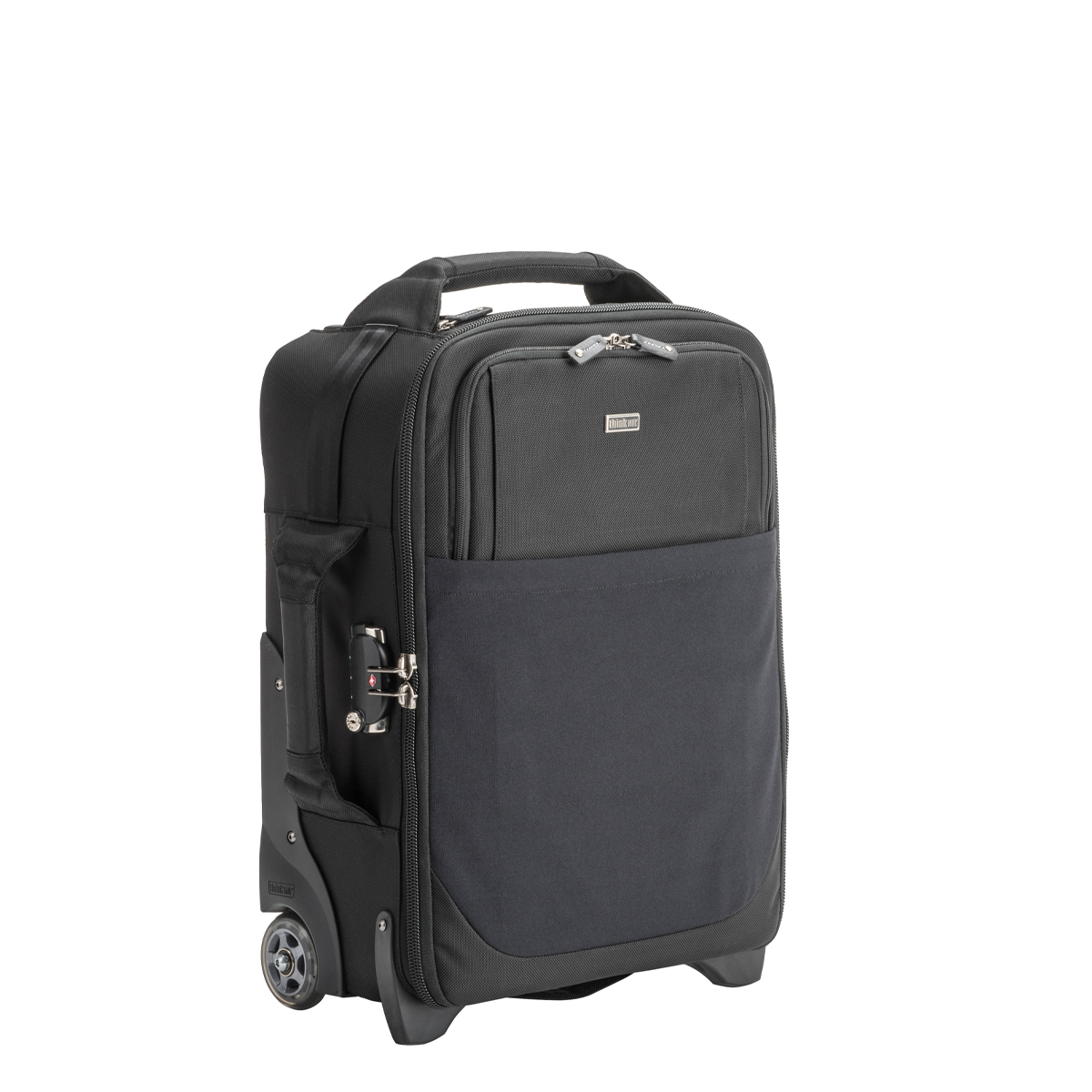
Thoughtful touches abound in this high-quality case, with an interior tailored to accommodate pro cameras and long lenses.
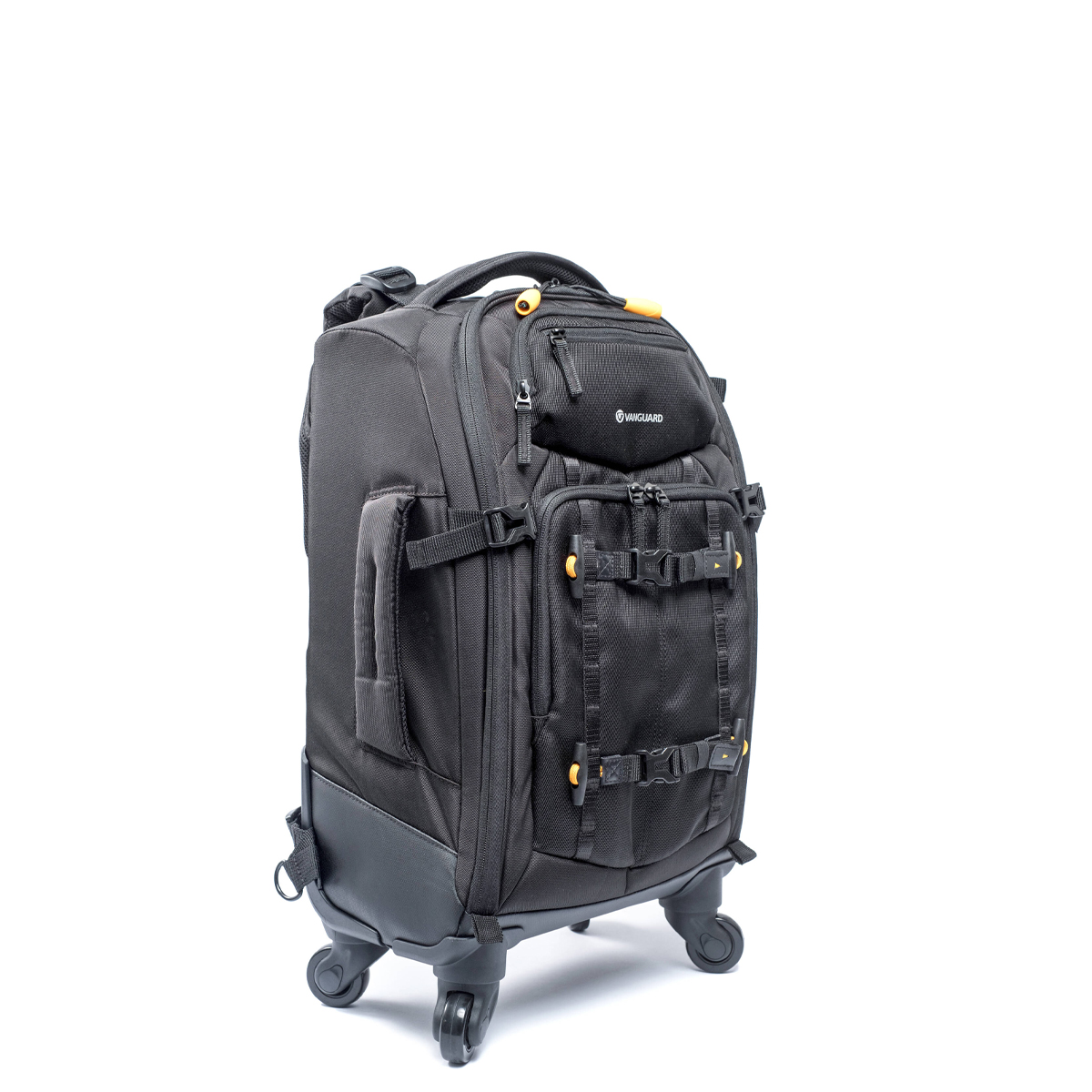
Four wheels at the base give this roller bag extra maneuverability, while backpack straps and lower back padding get you ready for the hike.
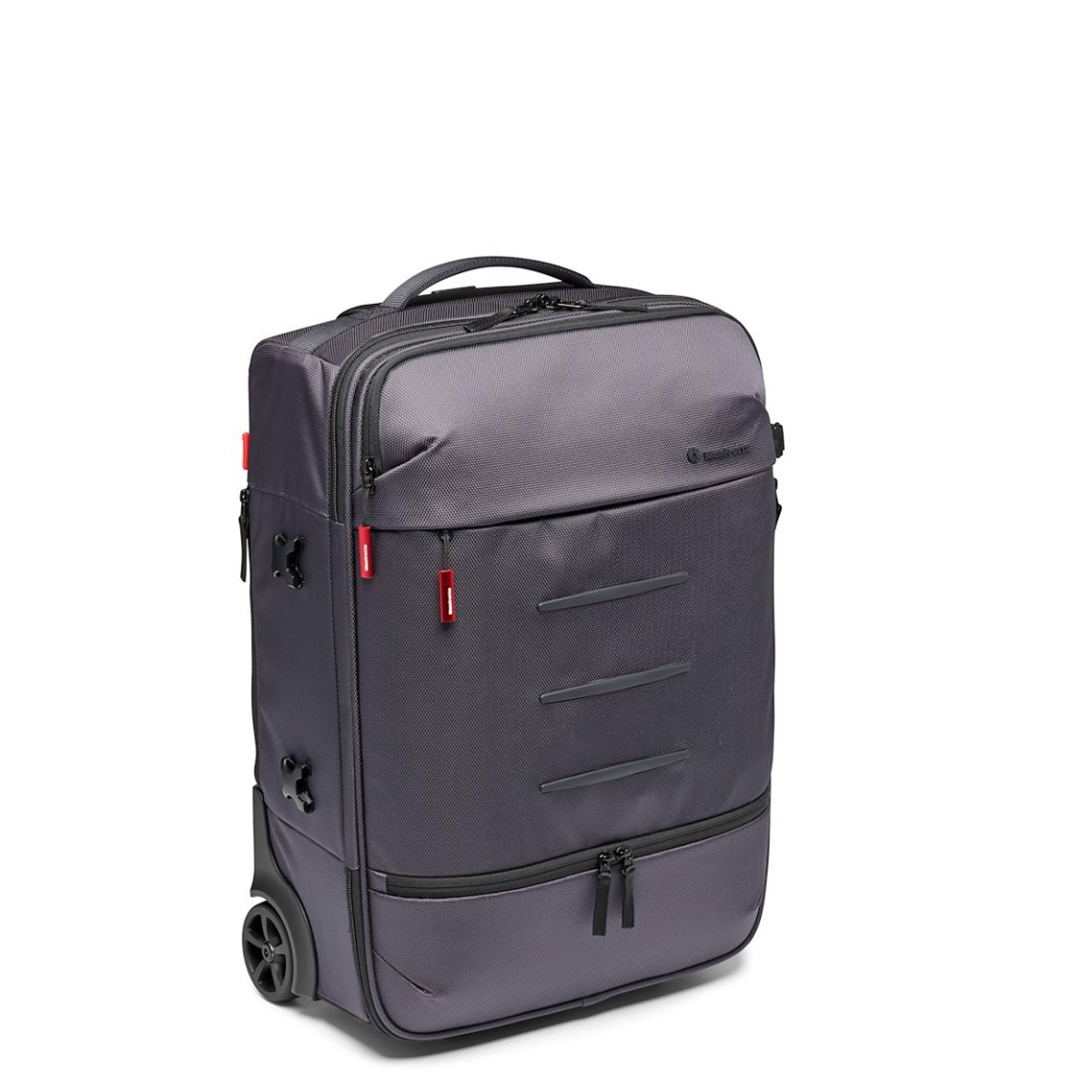
There’s no shortage of space in this light but strong design, and backpack straps and three handles give you plenty of carrying options.
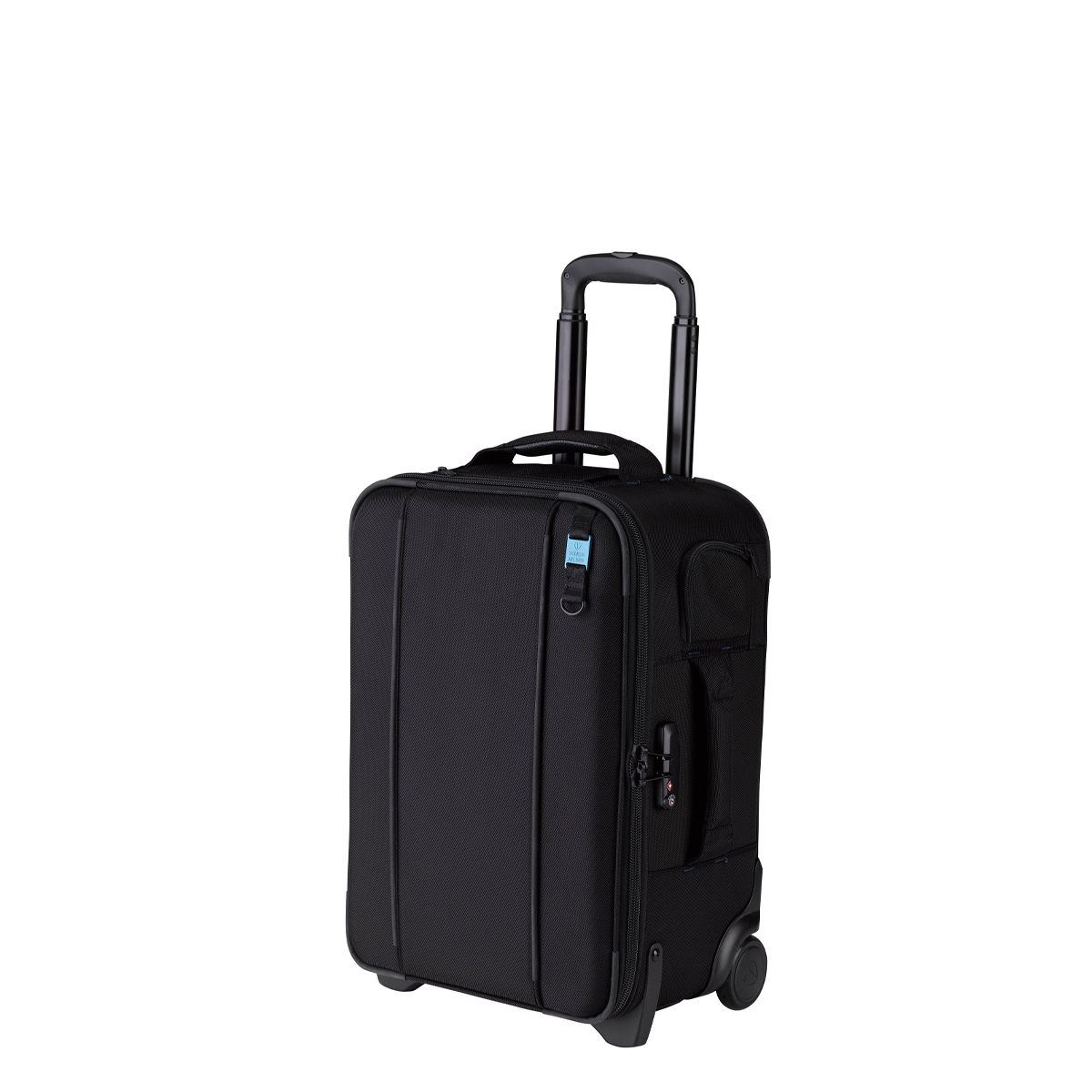
Partway between a roller bag and a hard case, this option really ramps up the robustness for when carry-on isn’t available.
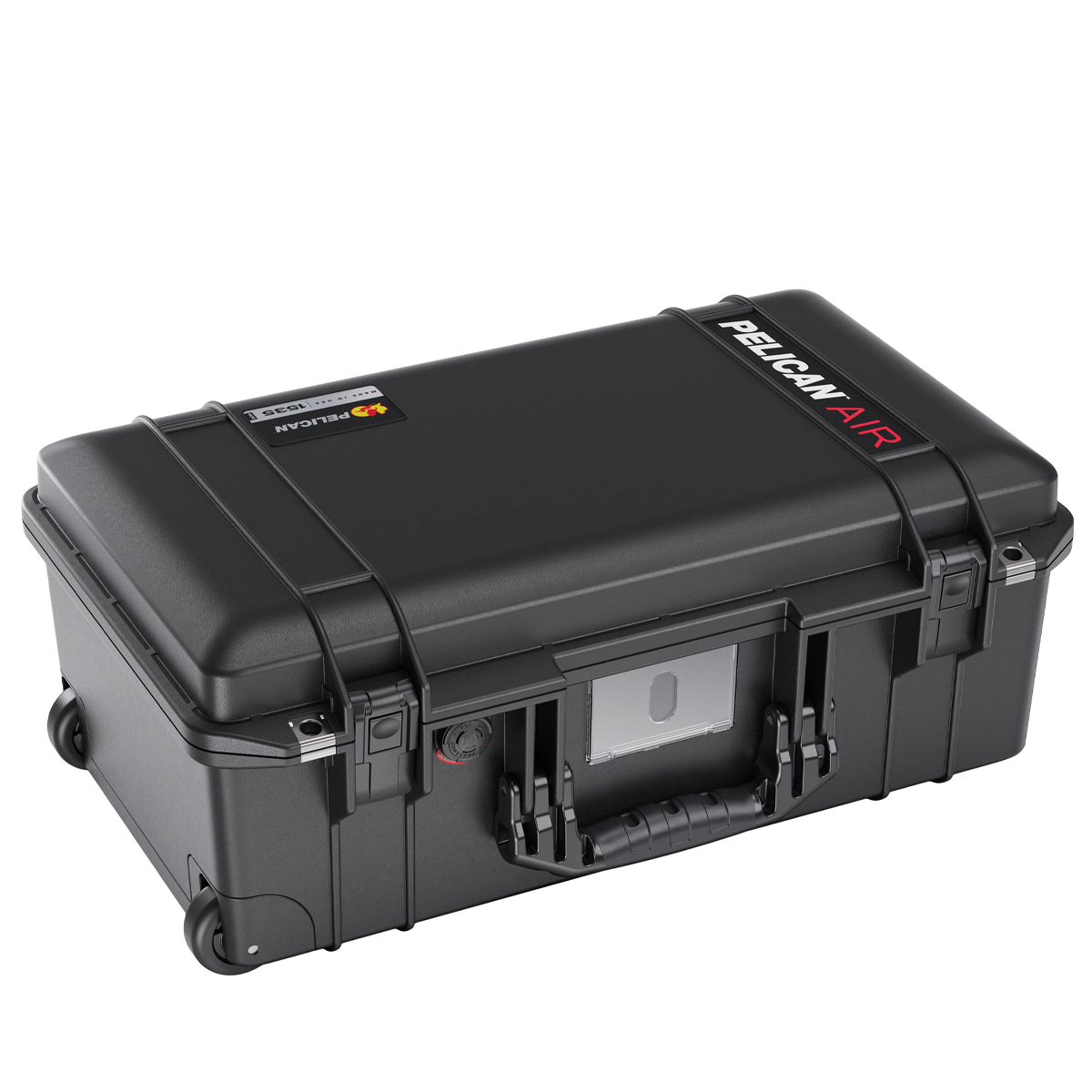
You might call this uncompromising design a hard case with some roller bag features, such is its dedication to protecting your gear.
Best roller camera bags
Why you can trust Digital Camera World
Best roller bag overall
Pelican’s entry is sized to fit within most carry-on limits, but should it need to go in the hold, this ultra-tough hard case will shrug off any abuse. Hard cases are usually far from light, but Pelican’s Air range uses a clever honeycomb construction and light plastic to reduce weight without compromising toughness.
Sold as the Peli 1535 Air in Europe, the Pelican 1535 Air weighs less than some conventional roller bags, and that's including a full foam interior. This is easily customized to suit your gear and offers great padding, though it’s tricky to adapt to differing kit loads. Peli does offer a customizable divider set instead, albeit at extra cost.
Other drawbacks with the Air Case compared with more conventional roller bags include a handle that extends around 10cm less, meaning the case is more prone to clipping your heel as you walk. The hard utilitarian design won’t suit all occasions, and you can forget extras like laptops or tripod pockets.
Read more: Pelican 1535 Air Case review
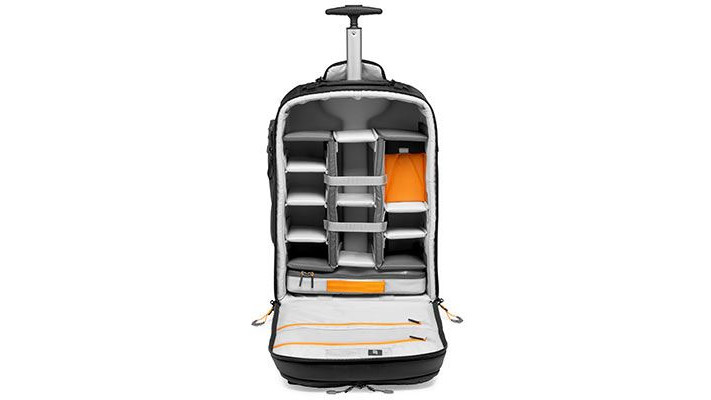
1. Lowepro Pro Trekker RLX 450 AW II
Specifications
Reasons to buy
Reasons to avoid
Roller bags are often smooth movers but can sometimes be lacking in capacity and durability. You'll have no such issues, however, with the Pro Trekker RLX 450 AW II, a seriously impressive roller bag and a backpack designed for the intrepid adventurer. It can carry two DSLR or mirrorless bodies with a 200mm lens attached and five or six extra lenses, as well as additional accessories like a 15-inch laptop, flashguns, chargers, and more.
The interior can be completely molded to suit your needs thanks to the internal dividers. Unlike some roller bags where the backpack functionality is a little unwieldy or impractical, the RLX 450 AW II converts fully from one to the other, with an option waist belt and harness for extra stability.
All this tech and capacity means this is one of the heavier bags available, as well as one of the more expensive, but we'd highly rate it if you need the ultimate in peace of mind when transporting your gear in a roller bag.
Best premium roller bag
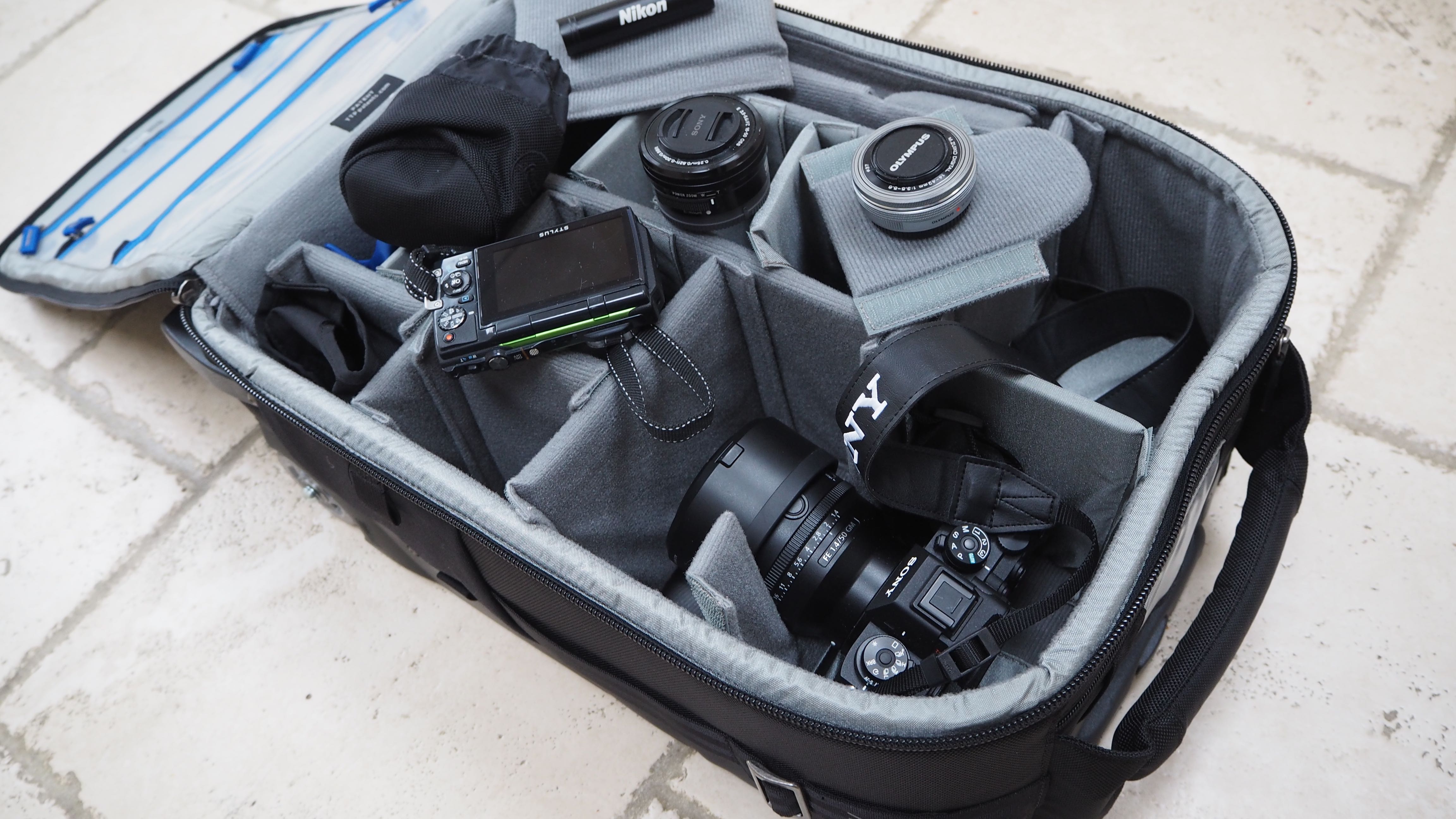
Specifications
Reasons to buy
Reasons to avoid
The Airport International V3 screams quality wherever you look, from the zippers to the handle. The interior is arranged to accommodate a pair of pro DSLRs with grips, and most large telephoto lenses – up to 500mm or so. You can also add a 15-inch laptop and a 10-inch tablet without difficulty, and fit a tripod to the side.
It fits carry-on requirements with dimensions of 53.3 x 35.6 x 20.3 cm, but we measured the external thickness to be 23cm, which some airlines may balk at. While this roller bag can’t match the unyielding rigidity of a hard case, our somewhat unscientific test of standing on it did indicate that it retains its shape well, with the high-quality padded dividers aiding integrity.
Read more: Think Tank Airport International V3.0 review
Best budget roller bag
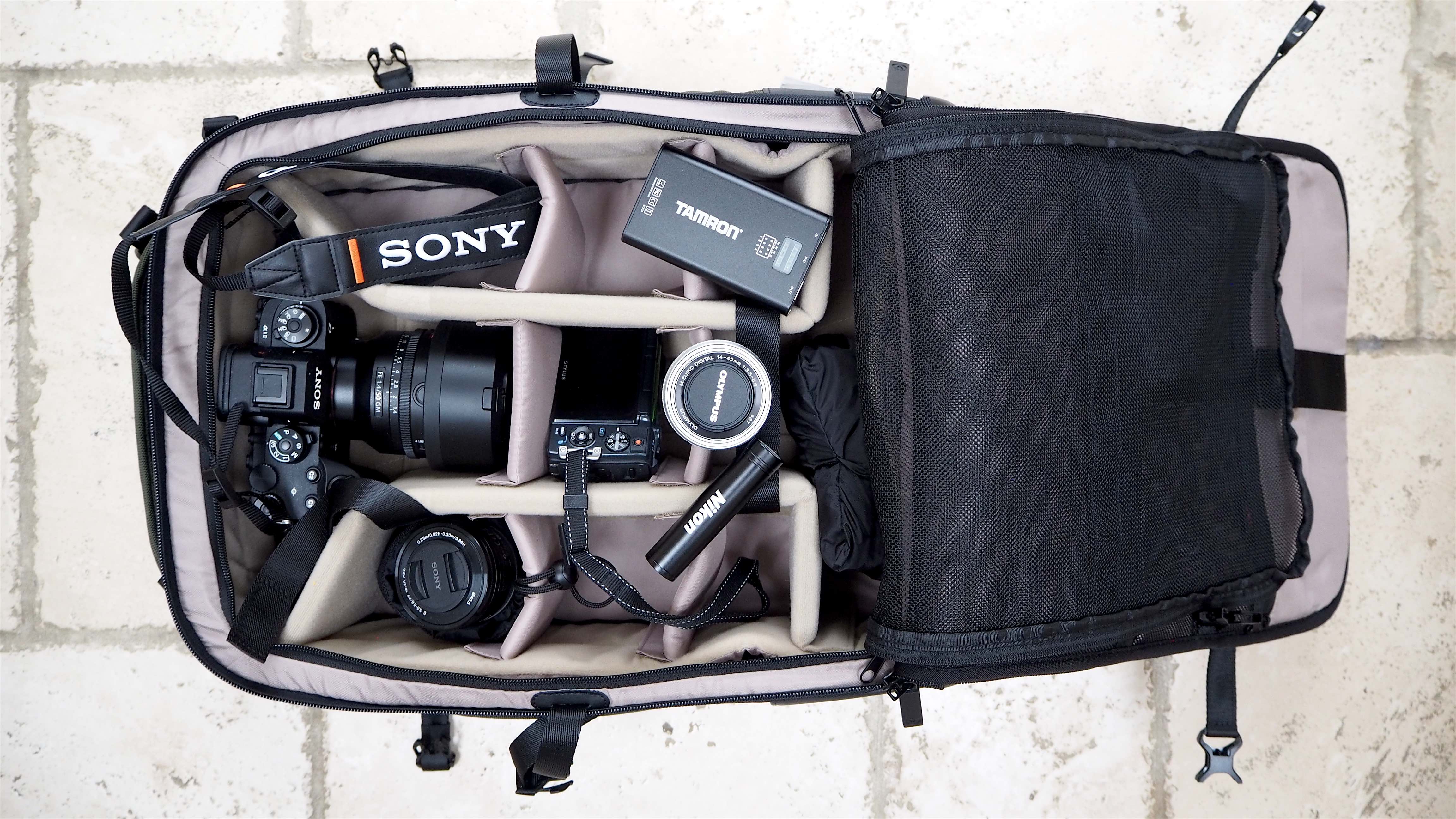
3. Vanguard VEO Select 55BT
Specifications
Reasons to buy
Reasons to avoid
Unusually among roller camera bags, the Vanguard VEO Select 55BT boasts a four-wheel design for ultimate maneuverability. And the features don’t stop there. You also get backpack straps so the bag can be carried over rough terrain, and Vanguard includes generous lower back padding and a simple waist strap to further lighten the load. There are even covers for the two rear wheels to protect your back from dirt. Despite all this, weight is still a reasonable 3.9kg, and while the overall rigidity is nothing special, the gear padding is sumptuous.
However, the four-wheel setup inevitably eats into interior capacity, as the 54.9 x 34.6 x 21.9cm external dimensions shrink to a bijou 40.9 x 31.1 x 11.4cm inside.
Read the full Vanguard VEO Select 55BT review
Best lightweight roller bag
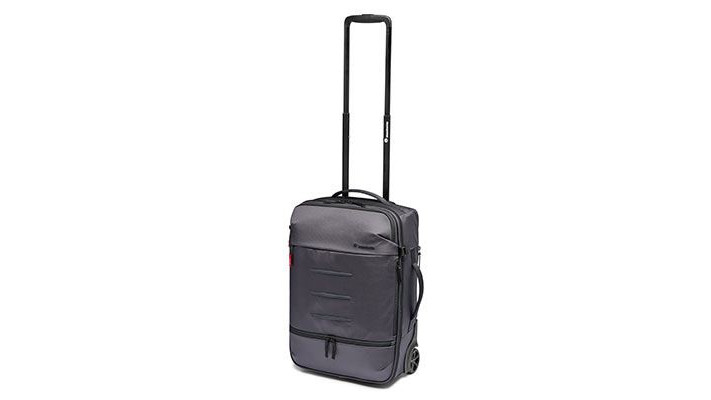
4. Manfrotto Manhattan Runner 50
Specifications
Reasons to buy
Reasons to avoid
The Manhattan Runner 50 is priced at a point where pretty much anyone could be tempted. Designed with a flexi camera shell that can adapt to suit the particulars of your gear, this rolling backpack is designed to fit a pro-level DSLR with around four lenses, including an attached 70-200 f/2.8. It'll also have space for extras like an action camera or even a small drone.
Whether you're looking to glide through airports or commute into the city, the Manfrotto Manhattan Runner 50 will make for a dependable companion, as it can roll smoothly on its two wheels or its removable insert can be converted to a backpack.
It can fit into typical airline carry-on requirements, so it makes a great choice for city breaks or short photographic trips. The camera compartment can be quickly accessed via the top of the bag, and the three handles give you three different carrying points for the ultimate in versatility.
Best protective roller bag
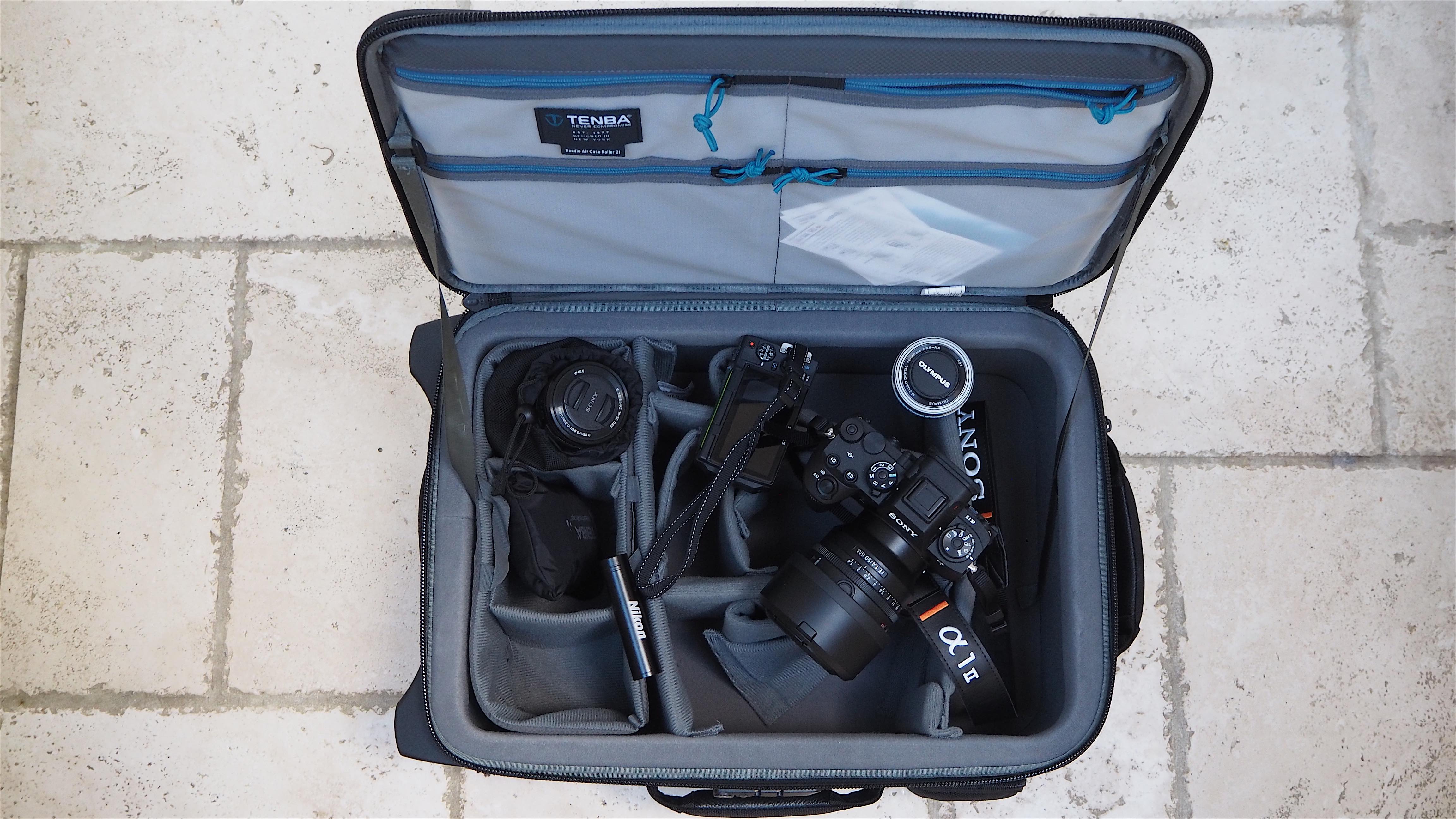
Specifications
Reasons to buy
Reasons to avoid
It’s a shuddering experience: you’re about to board your plane, only to be told there’s no more room for cabin baggage and your precious camera gear will have to go in the hold, at the mercy of baggage handlers.
This needn’t be a worry if you’ve got a Tenba Air Case. Designed as a cross between a conventional roller bag and a tough hard case, the Air Case is exceptionally crush-resistant. We were able to stand on the bag and it easily retained its shape - only the Think Tank Airport International V3 bag comes close unless you step up to a hard case. The secret is a solid internal construction that encases the whole bag - not just the top, bottom, and rear panels. It’s basically a hard case dressed as a roller bag.
The Air Case range comes in many sizes: the Roadie Air Case Roller 21 is cabin-compliant at 53 x 35.5 x 23cm, and though its substantial construction restricts interior space to 45.5 x 30.5 x 15cm, it’s still a practical space for gear. There’s also an easily removable camera insert, but sadly no laptop slot.
Read the full Tenba Roadie Air Case Roller 21 review
Best tough roller bag
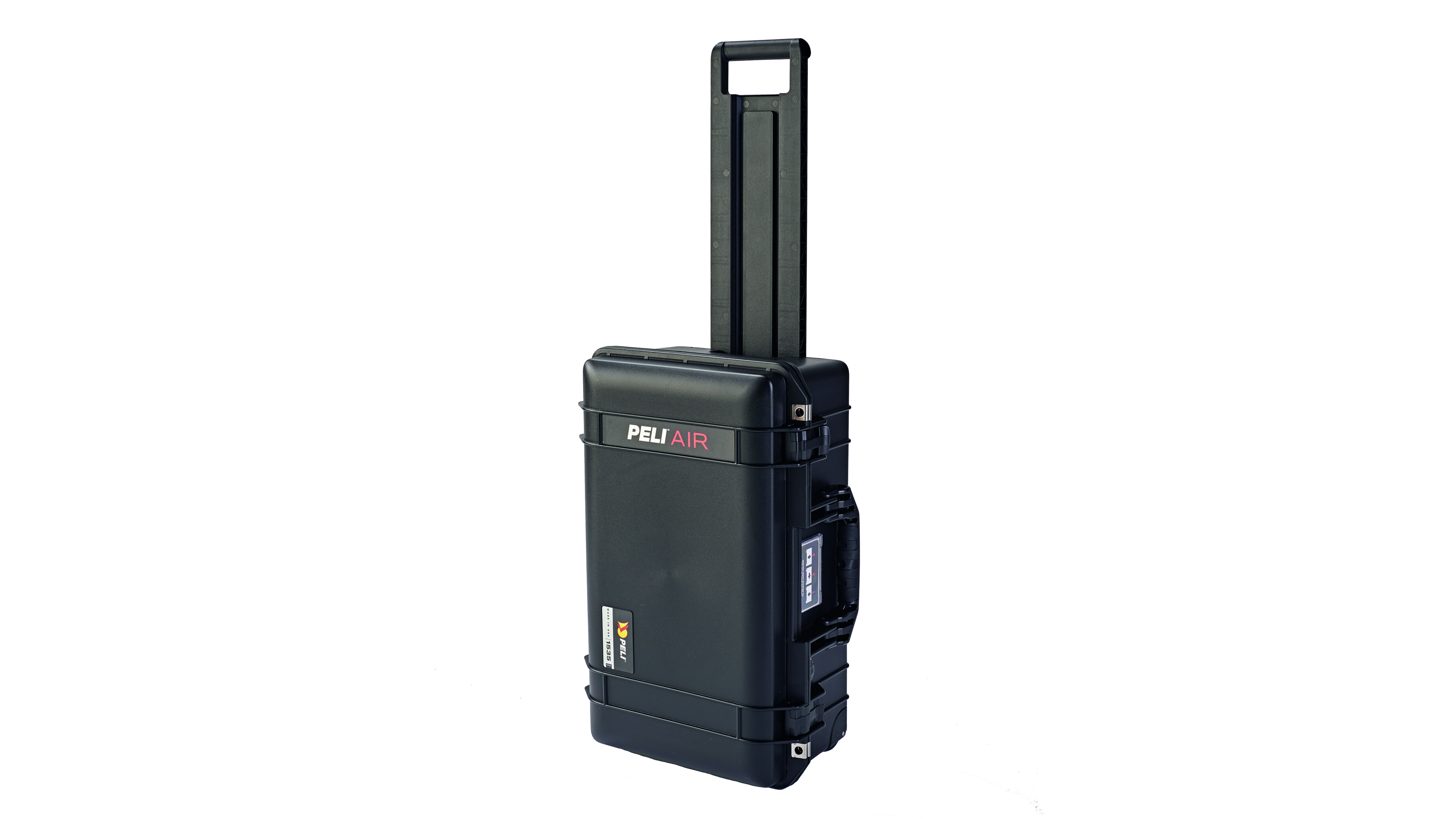
Specifications
Reasons to buy
Reasons to avoid
Alternative 2-in-1 roller bag
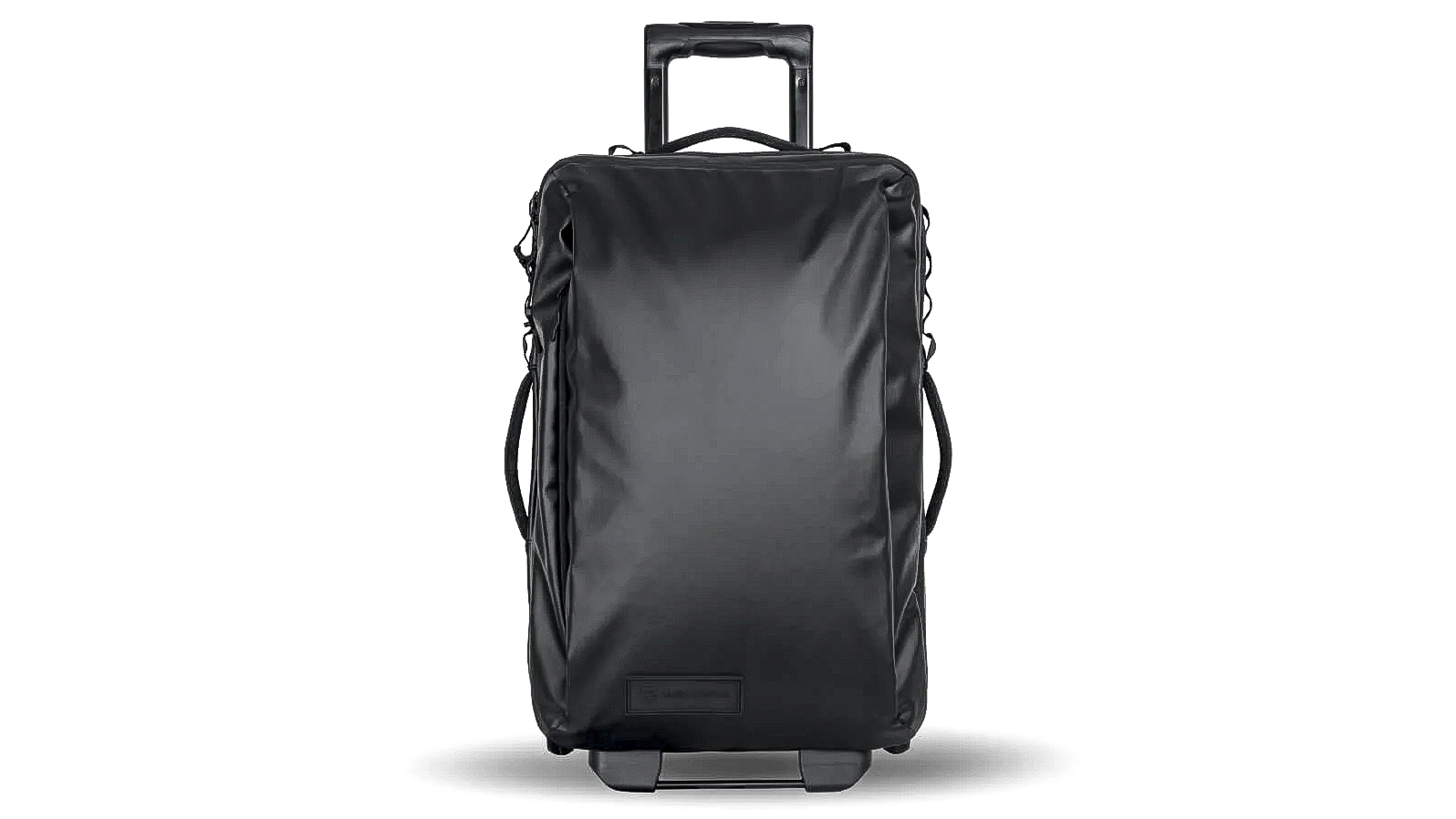
7. Wandrd Transit Carry-On Roller Bag
Our expert review:
Specifications
Reasons to buy
Reasons to avoid
With external dimensions of 54.6x33x22.9cm, the Wandrd Transit Carry-On Roller Bag is considered carry-on baggage for the likes of BA, where the maximum dimensions are 56x45x25cm, but if you’re travelling with a budget airline such as EasyJet (maximum carry-on dimensions are 45x36x20cm), you’ll have to put it in the hold. Its appeal is that this can be used as a normal roller bag - or adapted to carry photographic gear when you need to, which will suit those not taking cameras with them on every trip.
The Roller Bag opens like a clamshell with one side being more than large enough to accommodate the Essential+ Camera Cube - which you will need to buy separately (or as part of a bundle) to make this roller suitable for protecting camera equipment. The Cube has a volume of 6.8 litres and is big enough to hold a camera body and a couple of lenses, maybe four if they are small.
That makes the Wandrd Transit Carry-On Roller Bag a good option for an overnight stay somewhere you want to include a bit of photography around other events.
The outer fabric of the Roller Bag is water-resistant, which proved useful on a trip to Scotland. There’s also a two-stage extending handle and smooth-running wheels that are claimed to be crush-proof.
In addition, there’s a large laptop pocket outside the main compartment, and a few organizer sections to help you keep track of essentials, such as your purse, passport and paperwork.
How to choose the best roller bag
What are the main factors I should expect from a roller bag?
Is it flight-friendly? A bag measuring 55 x 35 x 23cm will see you through most airline check-ins – but many airlines won’t allow more than 10kg in weight. Always check your flight’s carry-on restrictions when you book – as these can change since you last travelled with the airline
Is it built to last? Roller bags can take a lot of abuse. Wheels should be replaceable, while reinforced outer corners and undersides add longevity.
All roller bags tend to be shower-resistant, but some go further with additional rain-proof covers that you can slip over the entire bag. It’s reassuring if you’re going to be out in nasty weather.
Is the interior adaptable? Interior width is critical when packing larger lenses. Well-designed dividers can adapt to super-telephotos. Removable, adjustable dividers enable you to tailor the main compartment to accommodate small and large lenses and other camera accessories. A greater number of dividers is helpful if you have many small items. Extra internal and external compartments can be good to have. A popular option is a dedicated compartment for holding a laptop or tablet, sometimes with a removable padded sleeve.
What extras should I look out for?
Look for bags that boast a laptop slot and a tripod attachment system. A roller bag with a pair of backpack straps helps with stairs or rough ground. Expandable compartments or easy-access outer pockets are also useful to have.
How we test camera bags
The Digital Camera World team are all camera enthusiasts, and between us we have tested hundreds of different camera bags over the years – and owned a fair few of them too!
For us, a good camera bag is one that keeps your photographic gear safe and secure when not in use – but also easily accessible for when you need to take pictures. The particular requirements of a bag will depend on its type – we'd expect quicker access from a messenger bag than with a backpack, but we'd expect the backpack to store more gear.
We test our bags in real-world scenarios - accessing how much kit you can fit into each, so we can give a clear idea of which type of photographer each is best for. The design and looks of a bag can be equally important to the photographer - so we ensure we take this into account in our assessments.
Find out more about how we test and review on Digital Camera World
Get the Digital Camera World Newsletter
The best camera deals, reviews, product advice, and unmissable photography news, direct to your inbox!
Ben is the Imaging Labs manager, responsible for all the testing on Digital Camera World and across the entire photography portfolio at Future. Whether he's in the lab testing the sharpness of new lenses, the resolution of the latest image sensors, the zoom range of monster bridge cameras or even the latest camera phones, Ben is our go-to guy for technical insight. He's also the team's man-at-arms when it comes to camera bags, filters, memory cards, and all manner of camera accessories – his lab is a bit like the Batcave of photography! With years of experience trialling and testing kit, he's a human encyclopedia of benchmarks when it comes to recommending the best buys.

